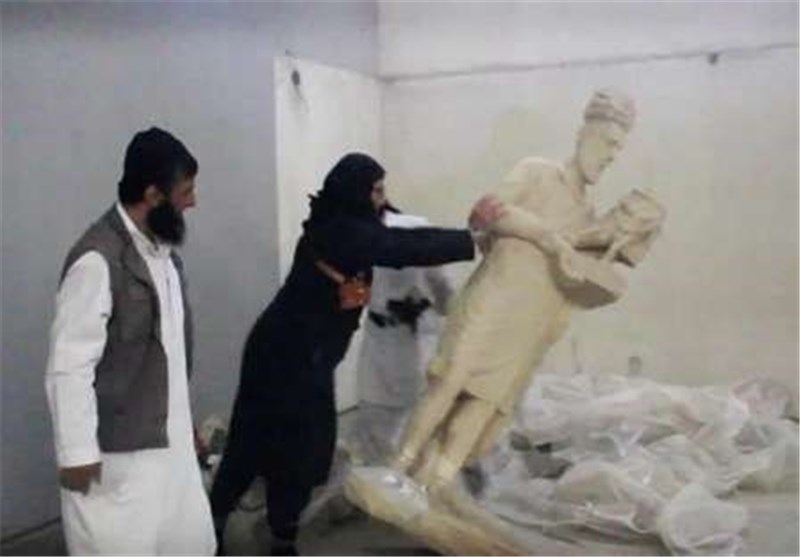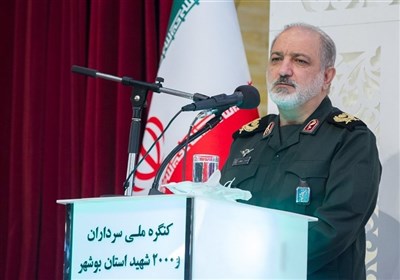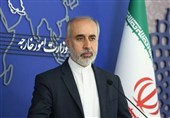Iraq Says ISIL Militants 'Bulldozed' Ancient Site
TEHRAN (Tasnim) – The ISIL militants "bulldozed" the renowned archaeological site of the ancient city of Nimrud in northern Iraq on Thursday using heavy military vehicles, the government said.
A statement from Iraq's Ministry of Tourism and Antiquities did not elaborate on the extent of the damage, saying only that the group continues to "defy the will of the world and the feelings of humanity" with this latest act, which came after an attack on the Mosul museum just days earlier.
The destruction of the site of one of ancient Mesopotamia's greatest cities recalled the Taliban's annihilation of large Buddha statues in Afghanistan more than a dozen years ago, experts said.
Nimrud was the second capital of Assyria, an ancient kingdom that began in about 900 B.C., partially in present-day Iraq, and became a great regional power. The city, which was destroyed in 612 B.C., is located on the Tigris River just south of Iraq's second largest city, Mosul, which was captured by the Islamic State in Iraq and the Levant (ISIL) terrorist group in June.
The late 1980s discovery of treasures in Nimrud's royal tombs was one of the 20th century's most significant archaeological finds. After Iraq was invaded in 2003, archaeologists were relieved when they were found hidden in the country's central Bank — in a secret vault-inside-a-vault submerged in sewage water.
The ISIL extremists, who control a third of Iraq and Syria, have attacked other archaeological and religious sites, claiming that they promote apostasy. Earlier this week, a video emerged on militant websites showing the militants with sledgehammers destroying ancient artifacts at the Mosul museum, sparking global outrage.
Last year, the militants destroyed the Mosque of the Prophet Younis — or Jonah — and the Mosque of the Prophet Jirjis, two revered ancient shrines in Mosul. They also threatened to destroy Mosul's 850-year old Crooked Minaret, but residents surrounded the structure, preventing the militants from approaching.
Suzanne Bott, the heritage conservation project director for Iraq and Afghanistan in the University of Arizona's College of Architecture, Planning and Archaeology, worked at Nimrud on and off for two years between 2008 and 2010. She helped stabilize structures and survey Nimrud for the US State Department as part of a joint US military and civilian unit.
She described Nimrud as one of four main Assyrian capital cities that practiced medicine, astrology, agriculture, trade and commerce, and had some of the earliest writings.
"It's really called the cradle of Western civilization, that's why this particular loss is so devastating," Bott was quoted by AP as saying. "What was left on site was stunning in the information it was able to convey about ancient life.
"People have compared it to King Tut's tomb," she said.
Iraq's national museum in Baghdad opened its doors to the public last week for the first time in 12 years in a move Prime Minister Haider al-Abadi said was to defy efforts "to destroy the heritage of mankind and Iraq's civilization."






